Following recent heavy rains and flooding, many urban vehicle owners have had to take their cars to dealerships or repair shops to address water damage.
However, numerous cases have left owners stunned by repair estimates reaching hundreds of millions of dong, nearly equivalent to the cost of a new vehicle.
Specifically, a Mitsubishi Xforce owner recently shared a repair invoice on social media after their car was flooded. The estimate listed nearly 90 repair items, totaling over 499 million dong. Including VAT, the total damage amounted to nearly 540 million dong. In contrast, the current price of the standard Xforce model after discounts is just under 600 million dong.
Repair invoice for the Mitsubishi Xforce
A Ford Ranger owner in Hanoi faced a similar situation. After taking the vehicle to an authorized dealership for inspection, they received a repair estimate of nearly 250 million dong. This included over 20 tasks such as removing all seats, cleaning the interior, dashboard, control units, oil changes, refilling air conditioning gas, and motor repairs, with labor costs nearing 30 million dong. Additionally, the parts replacement list included nearly 40 items, costing almost 200 million dong, excluding potential additional expenses.
In reality, the repair cost for the aforementioned pickup truck wasn’t excessively high, as the vehicle was only submerged in static water, meaning it was stationary as water rose and the engine wasn’t running. In cases of hydrolock, where water enters the engine cylinders, repair costs can double or triple.
Hydrolock is one of the most severe damages a vehicle can sustain during flooding. It occurs when water enters the combustion chamber, preventing piston movement and causing bent connecting rods or engine block cracks. While engine overhauls can restore functionality, vehicles that have experienced hydrolock often don’t operate as smoothly as before. Post-repair, they frequently develop minor issues related to electrical systems, sensors, or transmission.
Water infiltration into electrical circuits can corrode connectors, leading to erratic behavior, persistent error lights, or malfunctioning sensors. Repaired engines often experience reduced efficiency, higher fuel consumption, and potential vibrations due to misaligned components.
Beyond the engine, the interior suffers significant damage. Upholstery, leather seats, and soundproofing materials are prone to mold and mildew, causing unpleasant odors and surface deterioration. Even after cleaning and replacement, vehicles may continue to experience issues like electrical shorts, frequent spark plug failures, or abnormal engine overheating. This is because water seeps into hidden crevices, causing gradual corrosion over time.
For hydrolock-affected vehicles, repair costs can be exorbitant, sometimes approaching the price of a new car. If the owner has insurance covering hydrolock damage, most expenses will be covered by the insurer, alleviating financial burden. Conversely, without hydrolock insurance, owners must carefully weigh the costs of repair against the risks of future issues, potentially opting to sell at a loss.
TH (Tuoitrethudo)
Photos: Duy Anh, Thái Nguyên Online









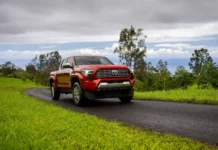
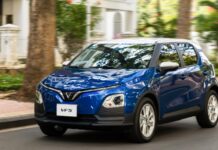


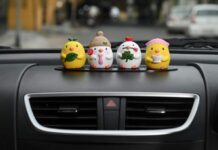







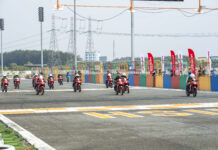





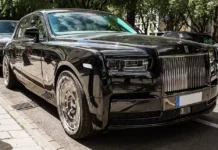


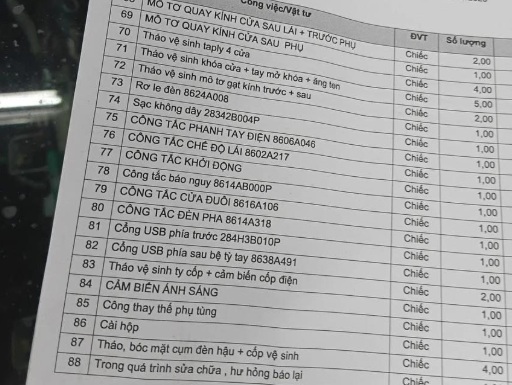
.jpg)











